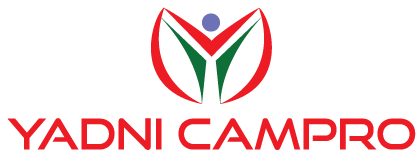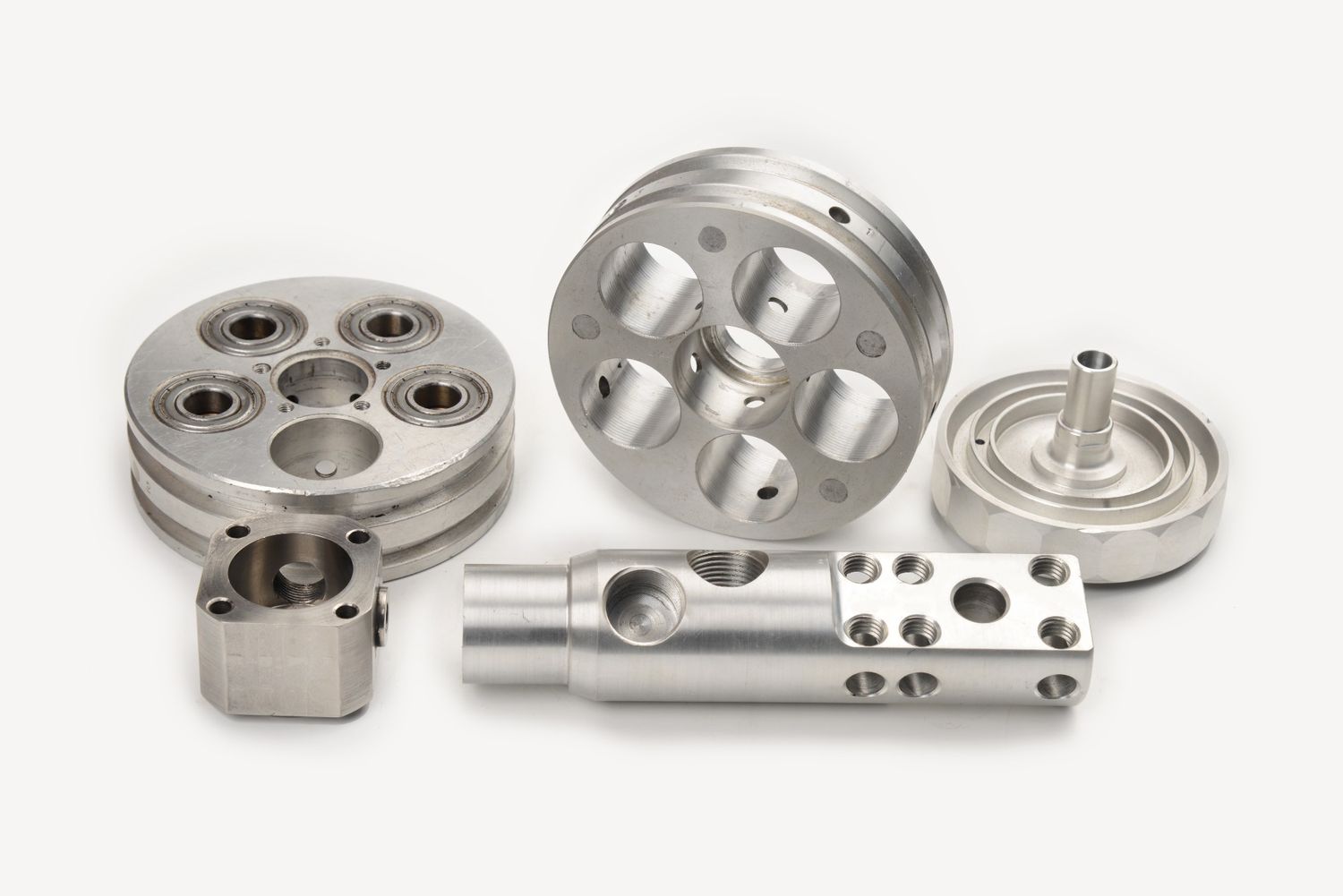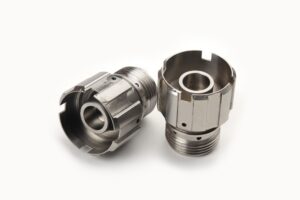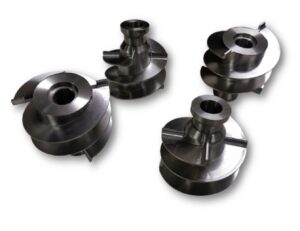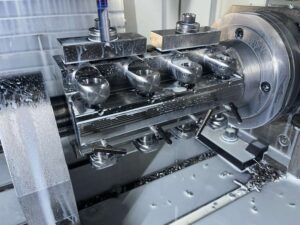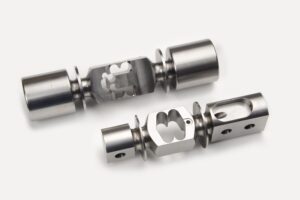Description
Here are key aspects related to machining parts for currency counting machinery:
- Materials:
Currency counting machinery parts are often made from materials such as high-quality steel, aluminum, and other alloys. The materials are chosen for their durability, strength, and resistance to wear, as these components undergo frequent use in high-demand environments. - Precision Machining:
Precision is crucial in the production of currency counting machinery parts to ensure accurate counting and smooth operation. CNC machining is commonly employed to achieve tight tolerances and high levels of precision. This is particularly important for components like gears, rollers, and sensors. - Durability and Wear Resistance:
Currency counting machinery is subjected to frequent use, and the components must be durable and resistant to wear. Machining processes may include the selection of materials with appropriate hardness and the application of surface treatments or coatings to enhance wear resistance. - Complex Geometries:
Some parts in currency counting machinery, such as gears and mechanisms, may have complex geometries. Machining techniques, including multi-axis machining, are used to produce intricate features and ensure the proper functioning of these components. - Surface Finish:
The surface finish of components is important to minimize friction and facilitate the smooth movement of parts in currency counting machinery. Machining processes are controlled to achieve the required surface finish, and additional finishing techniques may be applied. - Customization:
Currency counting machines may vary in design and features. Machining allows for the customization of parts to meet the specific requirements of different models and brands of currency counting machinery. - Quality Control:
Rigorous quality control measures are implemented throughout the machining process to ensure that the components meet the required specifications. Inspection processes may include dimensional checks, material testing, and functional testing. - Regulatory Compliance:
Manufacturers of currency counting machinery parts may need to comply with industry standards and regulations to ensure the accuracy and reliability of their products. Compliance with standards helps maintain the integrity of currency handling processes. - Small to Medium Batch Production:
Currency counting machinery parts may be produced in small to medium-sized batches, depending on demand and variations in machine models. Machining allows for efficient production while maintaining high precision and quality.
Examples of currency counting machinery parts that may undergo machining include components like counting rollers, sensors, gears, feed mechanisms, and housing components.
In summary, machining plays a crucial role in the production of parts for currency counting machinery, where precision, durability, and customization are essential. Advanced machining technologies and quality control measures are employed to meet the specific requirements of the financial industry and ensure the accuracy and reliability of currency counting machines.



